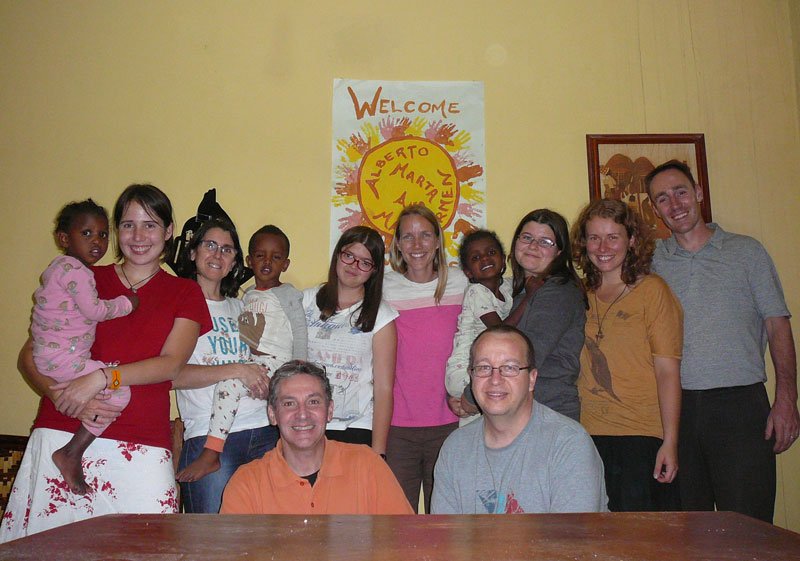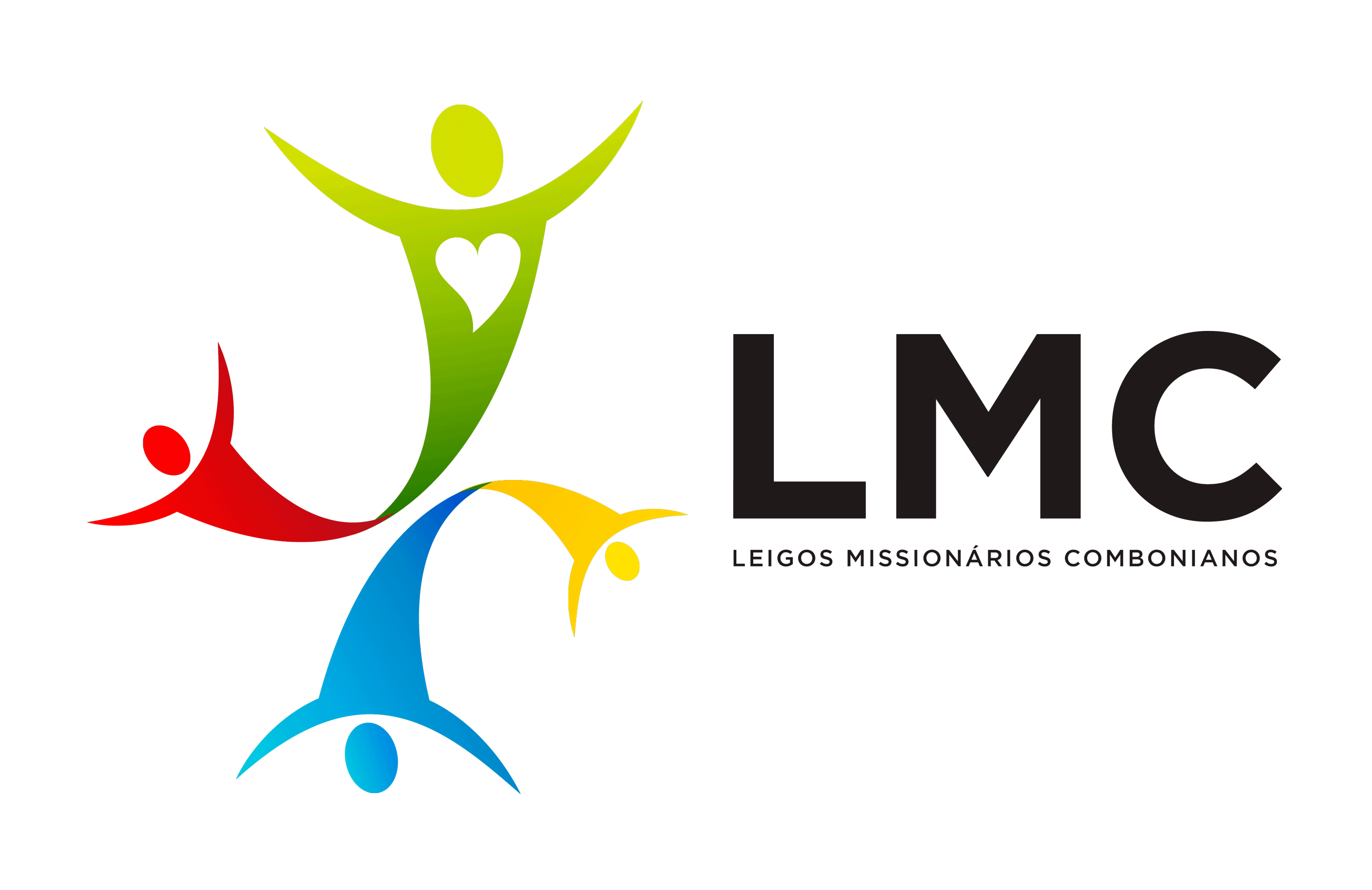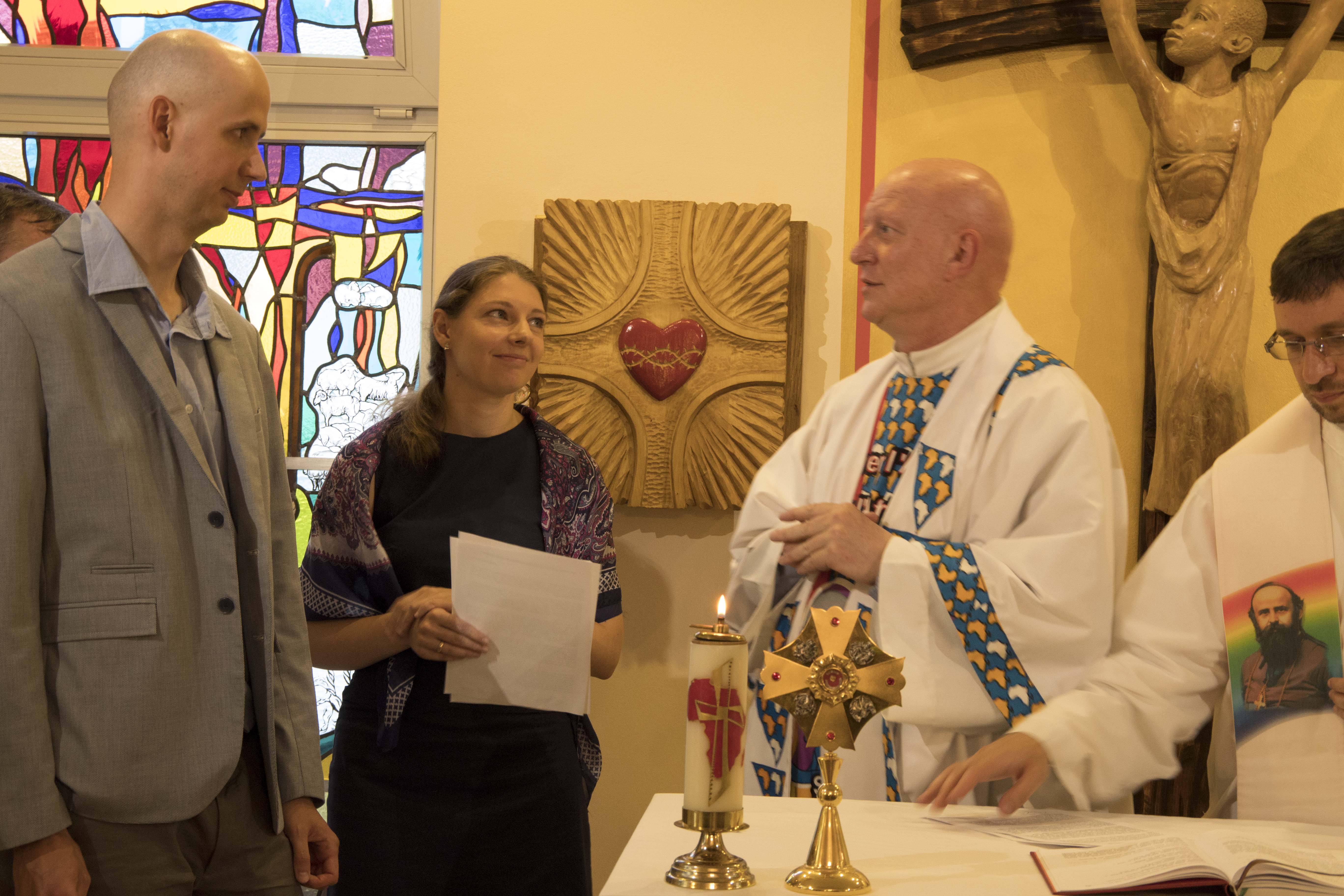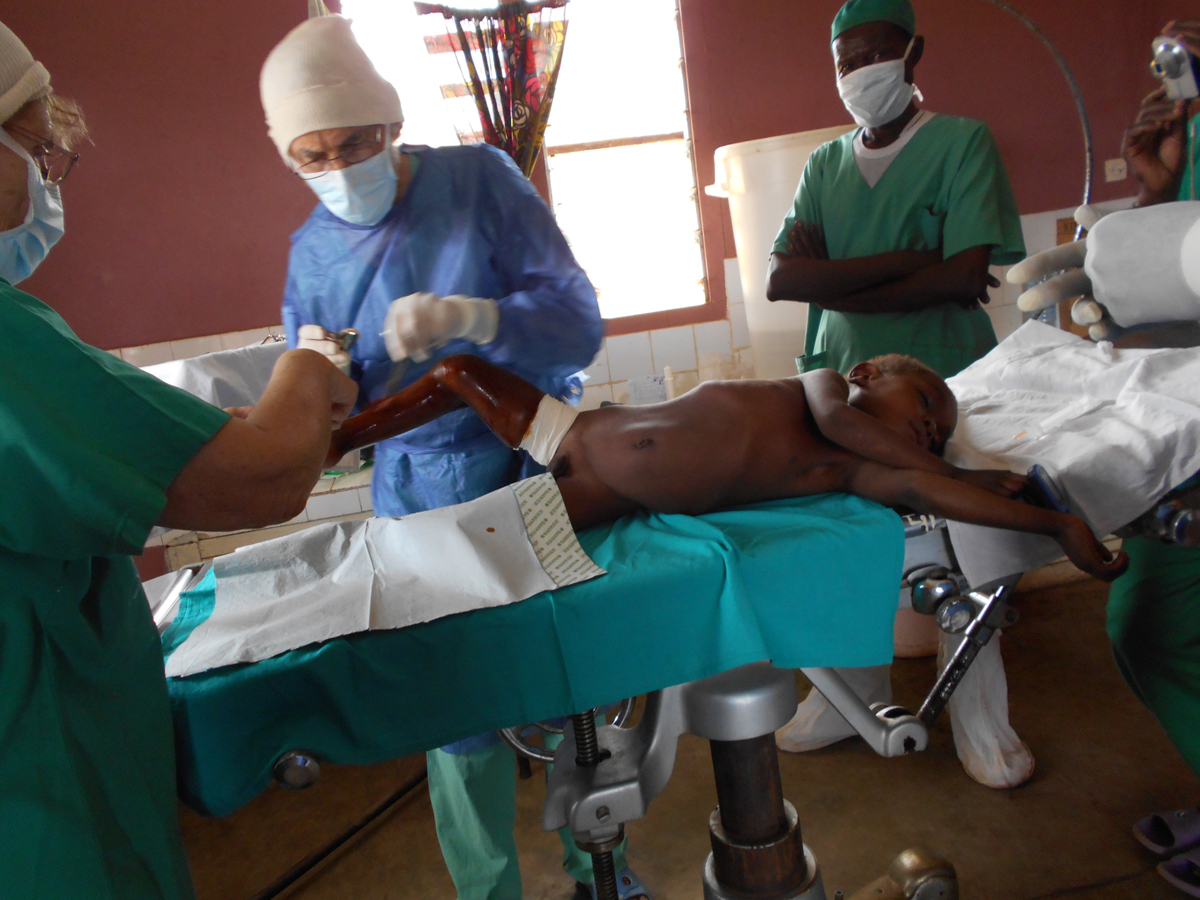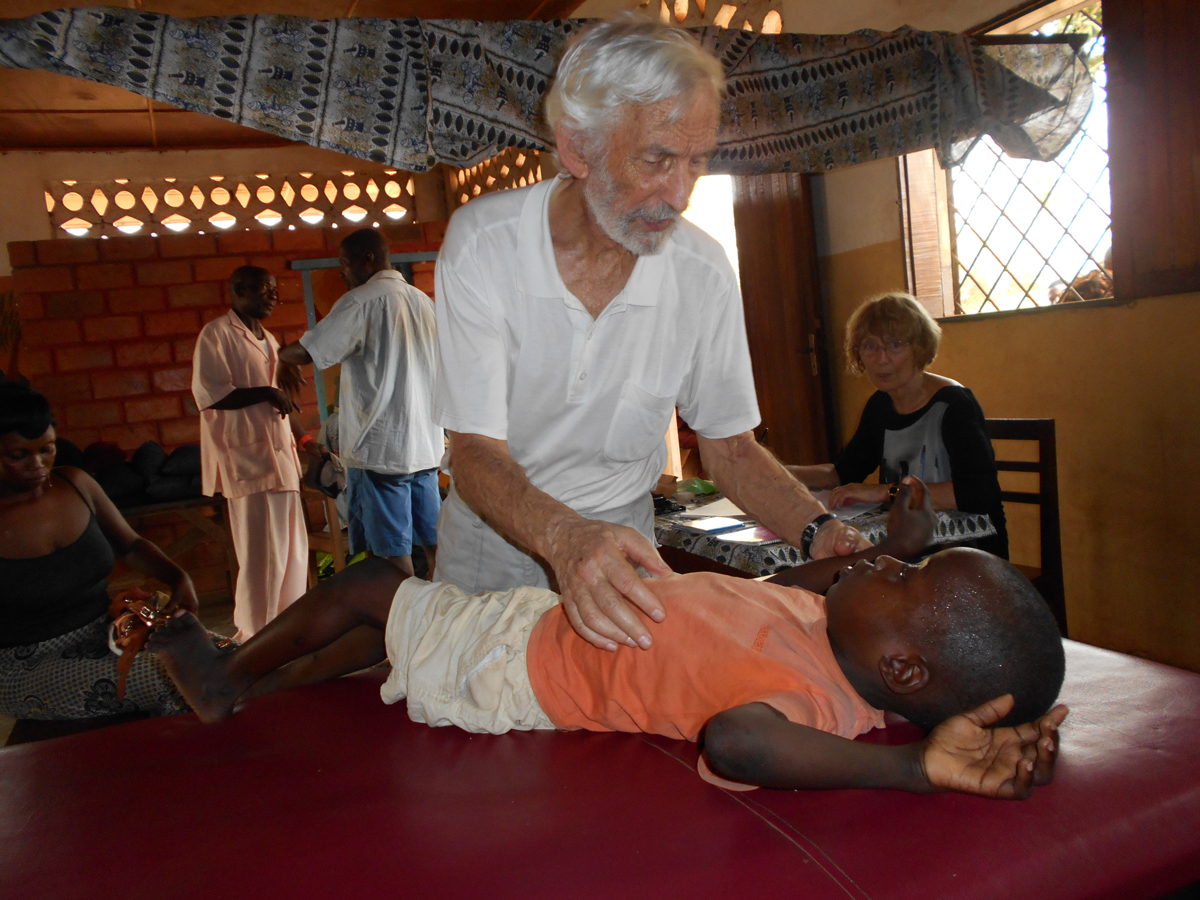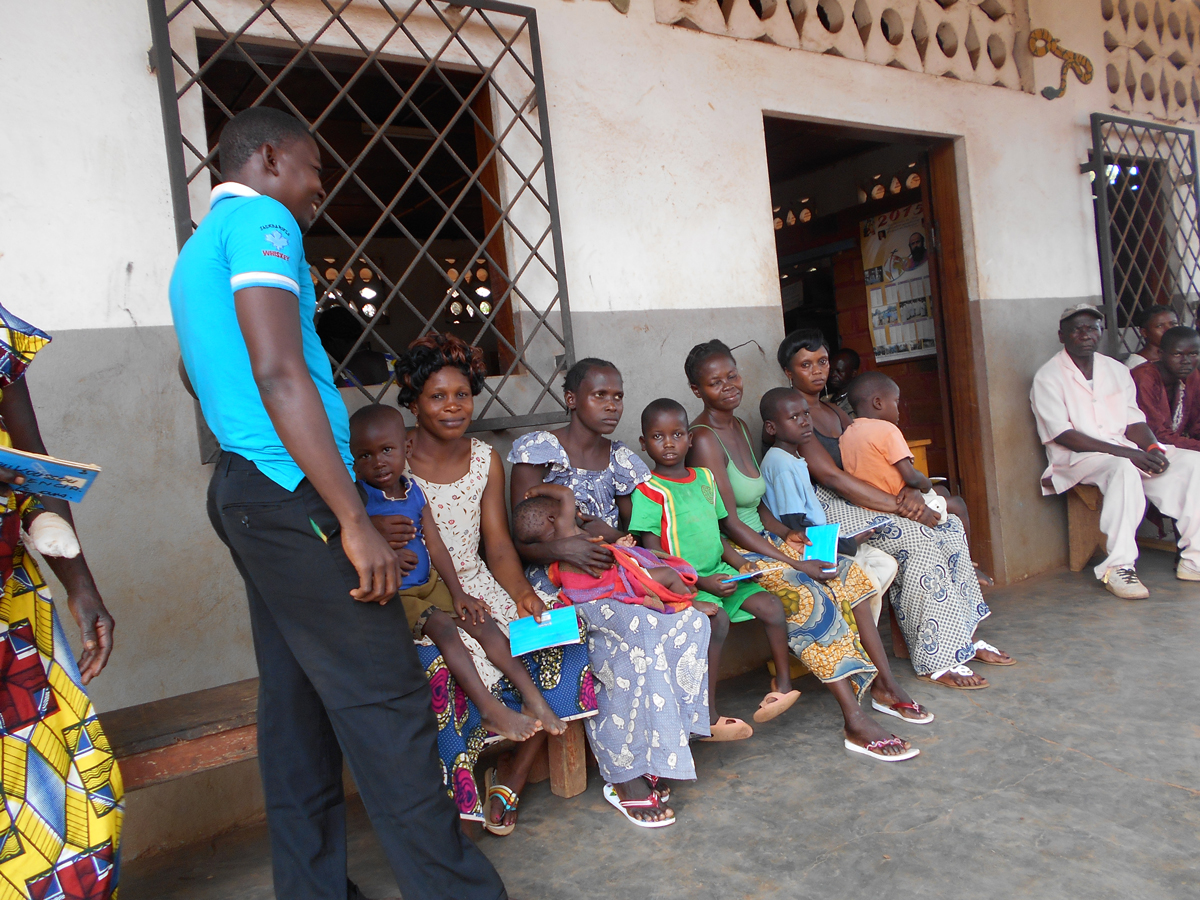We have been in Ethiopia a week already but it feels like we flew in yesterday. For the time being, it has been a week of welcomes and of beginning to learn.
We spent the first day in Addis Ababa to visit the provincial house where we met Fr. Julio Ocaña with whom we had shared our time of training as a community when we were leaving for Mozambique. We remembered those very special times when we were preparing to leave for Africa for the first time and he himself was getting ready for his mission. Now, almost 18 years later, we meet again in Ethiopia, each one of us with a larger baggage of history.
We also had a special moment as we met Fr. Juan Nuñez after so many years. We first met when he was provincial in Spain and we were just beginning as CLM. After these old acquaintances, we also met several other Comboni missionaries of the province who selcomed us with great kindness.
Our trip to Awassa was very nice, with a stop in a gorgeous place near one of the large lakes of this area. It is good to travel by car, because it gives you an overview of the situation of the country, its roads, people, crops. It was inevitable to compare it with our experience in Mozambique or in other countries. We observed so many fields ploughed with oxen and an infinite number of donkeys pulling carts loaded with water, potatoes and such.
Finally, we reached Awassa, the capital of the southern region. We met Fr. Mansueto, the superior of the house, who gave us a good reception very attentive to our individual needs, and also met the rest of the community. This is a house of transit for the various communities of the South, where missionaries stay when they come to shop, have the car fixed or pick up the mail.
And, of course, finally we met with our beloved CLM community. Mark was the first to get to the Comboni house when he heard that we had arrived and, without even unpacking we went to greet the rest of the community (it’s a little over a five minute walk from the house) There we met Maggie and the children, Emebet, Isayas and Teibe, together with Magda and Madzia. [We were welcomed] with a colorful poster made by the little ones and a good supper enlivened by conversation.
This is the beauty of internationality where Canadians, Poles and Spaniards meet as members of one family.
Each day we engage in different activities. Members of the community accompany us as show us the places and activities where they are engaged and also take time to show us the city and its various areas (we will keep this for our next post). They take good care of us and have a plan for each day, something new at every moment.
It is an experience that as family we greatly appreciate and from which we hope to profit to the fullest.
Greetings to all.




